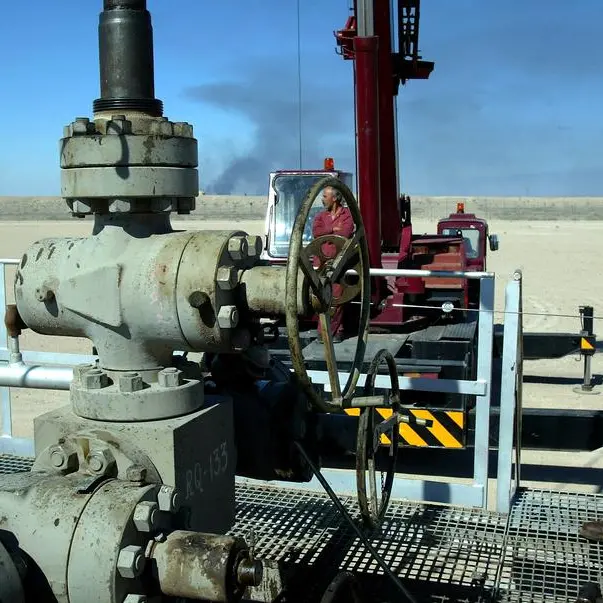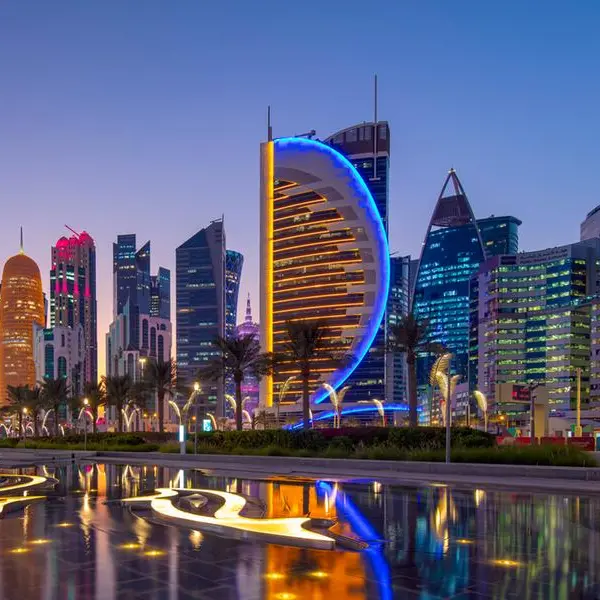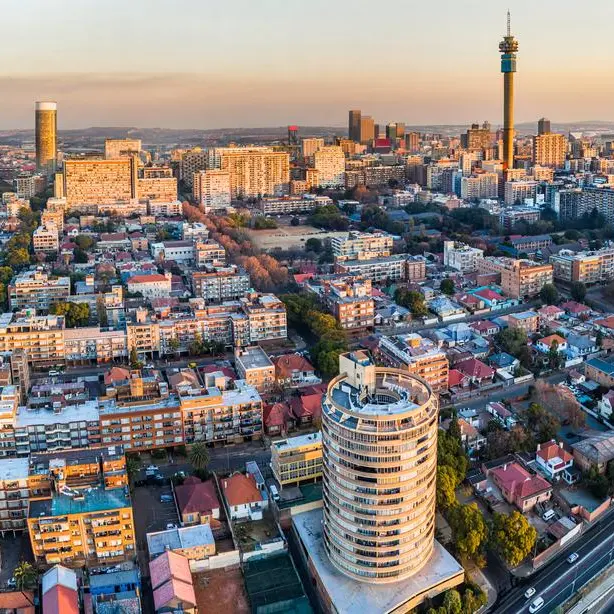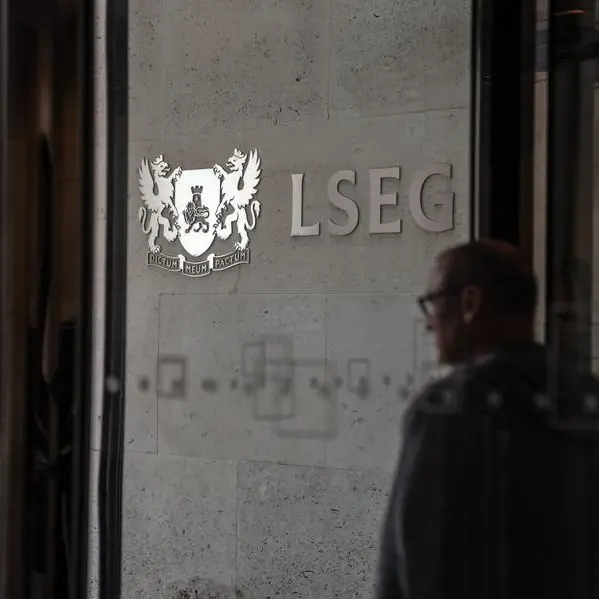PHOTO
China's Belt and Road Initiative (BRI) finance and investments, which slowed marginally in 2021, saw a major shift towards Middle East and Africa, with Iraq being the largest beneficiary with about $10.5 billion in construction contracts.
BRI finance and investments slowed slightly in 2021 to $59.5 billion compared to $60.5 billion in 2020, their slowest since 2013, according to the BRI Investment Report 2020, published by Green Finance & Development Center.
Citing data released by the Chinese finance ministry, the report said Chinese enterprises invested about $20.3 billion in non-financial direct investments in countries along the Belt and Road between January and November, 2020.
The share of Chinese investment over construction in the BRI has been decreasing since 2019, when investment had reached about 45 percent of BRI engagement. In 2021, share of Chinese investment was 23 percent of total BRI engagement.
Deal size
The report noted that the average deal size globally increased slightly from about $444 million in 2020 to $476million in 2021. Particularly for construction projects, the deal size in 2021 was larger than 2020, with about $530 million in 2021 compared to $386 million in 2020. However, compared to 2015, the deal size in 2021 is 21 percent smaller.
The deal size for investment declined from about $585 to $355 million.
Regions
While Asian countries continued to receive the largest share (about 35 percent) of Chinese BRI investments, African and Middle Eastern countries increased their share to 38 percent last year from 8 percent in 2020. Particularly, Arab and Middle Eastern countries increased investment by about 360 percent and construction engagement by 116 percent compared to 2020.
Iraq had the highest volume of construction of about $10.5 billion, followed by Serbia (about $6.8 billion) and Indonesia (about $2.4 billion).
In South America, construction engagement rose 643 percent, but investments into European BRI countries declined by 84 percent compared to the first six months of 2020.
Energy
Engagement related to the energy sector constitute most of the China’s BRI engagement. However, in 2021, total engagement in the energy sector slid to about $22.3 billion compared to more than $26.1 billion in 2020 and almost $44.8 billion in 2019.
China did not engage in investments or construction projects related to coal in 2021, as was the promise by China’s President to not build new coal-fired power plants overseas, the report said.
However, the three new coal-plants were announced in the first half of 2021, in Bosnia, Indonesia and Vietnam. "At this time, is unclear how or even whether these plants will be financed, for example with and relevant financial institutions actively backing away from overseas coal financing (e.g. ICBC backing away from a $ 3 billion, 2.8GW coal plant in Zimbabwe in June 2021.)," the report author Christoph Nedopil Wang noted.
Green energy finance and investments in the BRI slightly increased to a new high in 2021 at $6.3 billion compared with $ 6.2 billion in 2020.
Outlook for 2022
For 2022, despite continued lockdowns particularly in China, with continued uncertainty of COVID-19, and continued issues of sovereign debt, the report saw signs for further recovery. “On the one hand, there is more need for investments to boost growth in the post-COVID19 world supported by global financial institutions, including developing finance institutions… from which Chinese contractors can benefit. On the other hand, we are already seeing several deals signed in 2022, such as the $2.8 billion first phase of 565km Philippine Bicol rail scheme awarded to China Railway Group and others.”
However, BRI engagement is not expected to reach levels seen in the late 2010s.
This is because the Chinese Ministry of Commerce has put a break on fast overseas expansion in its 14th Five-Year Plan (FYP) for 2021 to 2025. It plans to invest $550 billion (that includes non-BRI countries), down 25 percent from $740 billion in the 2016-2020 period.
Also, Chinese contracting volume is set to decrease from $800 billion in the previous FYP to $700 billion in this FYP, the report added.
(Reporting by Brinda Darasha; editing by Seban Scaria)
Disclaimer: This article is provided for informational purposes only. The content does not provide tax, legal or investment advice or opinion regarding the suitability, value or profitability of any particular security, portfolio or investment strategy. Read our full disclaimer policy here.
© ZAWYA 2022





















